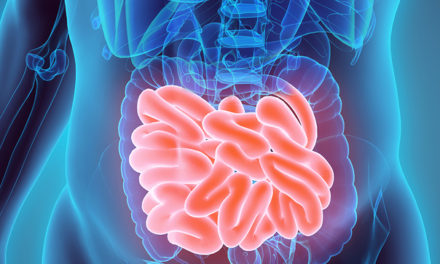
Health Benefits of Garlic
Traditionally, garlic has been used for all manner of infections. It has also been used for circulatory problems. It can reduce cholesterol, lower blood sugar, lowers blood pressure and has been used as a “blood thinner” (reduces clotting). It also contains antioxidants, which can help prevent dementia.
The constituents that give garlic its therapeutic activity include volatile oils (alliin, alliinase, allicin), scordinins, selenium, vitamin A, vitamin B, vitamin C and vitamin E.
Garlic helps with would healing, according to research appearing in Dermatologic Surgery (2017 Oct 26. doi: 10.1097/DSS.0000000000001382. [Epub ahead of print]). Research in BMC Complimentary and Alternative Medicine (2017 Aug 17;17(1):411. doi: 10.1186/s12906-017-1916-8) found  that it could protect against liver damage in rabbits.
that it could protect against liver damage in rabbits.
Garlic has cardiovascular benefits. It lowered blood pressure in a study that appeared in the Iranian Red Crescent Medical Journal (2016 Aug 24;18(11):e23871.)Research in the Journal of Dietary Supplements (2017 Sep 28:1-8. doi: 10.1080/19390211.2017.1358233. [Epub ahead of print]) showed that eating raw, crushed garlic could lower blood pressure, increase good cholesterol, lowered triglycerides and decreased waist circumference in patients with metabolic syndrome. Metabolic syndrome is also called syndrome X; it is a situation where the patient has high cholesterol, high LDL (bad) cholesterol, low HDL (good ) cholesterol, high triglycerides and high blood pressure. It occurs in patients having trouble with handling sugar. This research can mean that patients with type 3 diabetes may also benefit from garlic.
Garlic is antimicrobial. Research appearing in the Electronic Physician (2017 Apr 25;9(4):4064-4071), found that supplementation protected against nosocomial infections. Research in the Brazilian Journal of Biology (2017 Nov;77(4):848-855) found that it improved the ability of mice to fight infections.






